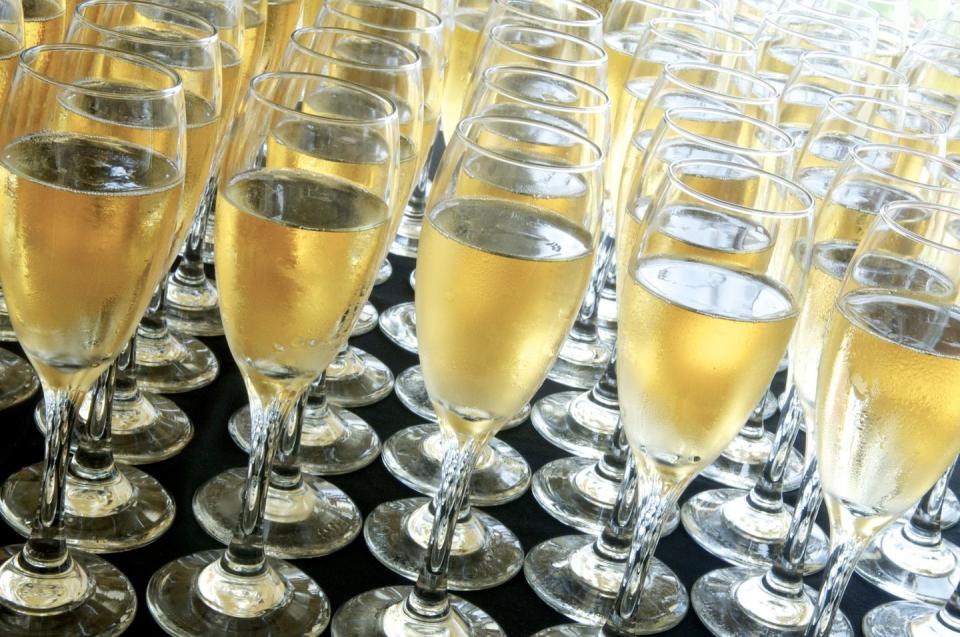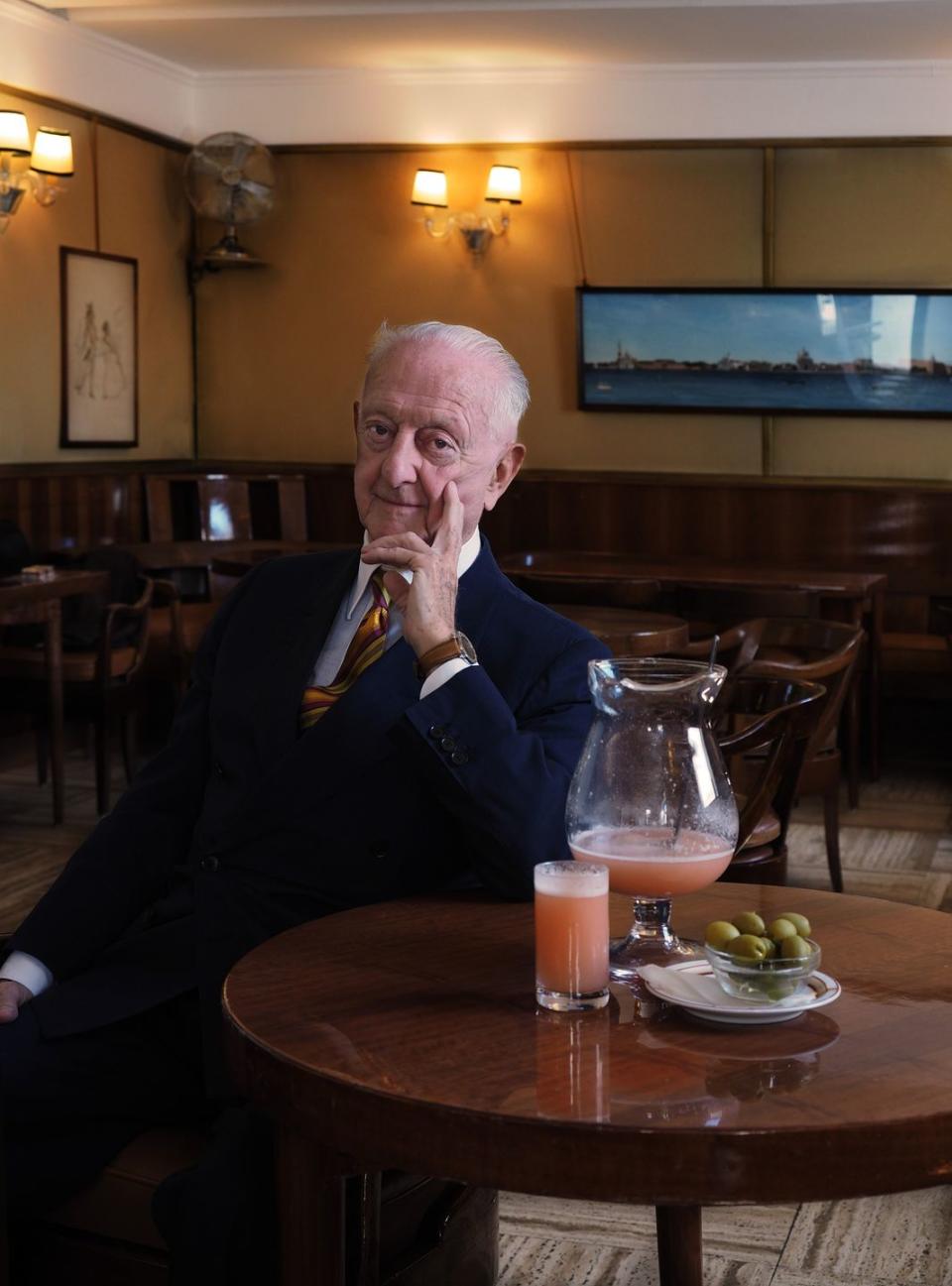You're Drinking Prosecco All Wrong

My first encounter with prosecco was a happy one—a small flute placed in front of me not long after I sat down at a trattoria in Venice on my first visit to that city. It was a bright, refreshing, spritzy little aperitif, with delicate bubbles, the vinous equivalent of a kiss on the cheek. The fact that the waiter informed me that it came, “compliments of the house,” only added to the pleasure.
The meal moved on, and I forgot about it. I didn’t expect to encounter it again outside of its native region—the bulk of prosecco is made in the Veneto region. I certainly didn’t expect it to become globally ubiquitous. Now, in 2020, I can’t forget it, or escape it, much as I may try. Most of it tastes like 7 Up.

Of all the wine producing regions of the world, Italy seems to have a special proclivity for taking a perfectly good local wine and overproducing it for export, marketing the hell out of it, and filtering the charm out of it. Chianti in the sixties, Soave in the seventies. (In the eighties, California jumped in with “white zinfandel” and France with Beaujolais nouveau.) Pinot grigio became unavoidable in the nineties and remains inescapable today. Prosecco is the latest example, I’m afraid.
The recipe for mass market success in the wine world is not that different than in the soft drink world. Sweet sells, and the average prosecco in 2020 is far sweeter than Champagne, the gold standard against which all bubblies are judged. It’s also much cheaper, the average prosecco in this country selling for around $15, which seems to be a sweet spot in the domestic wine market, whereas a bottle of non-vintage Champagne will set you back about $40.

In recent years prosecco has become the world’s best-selling sparkling wine by volume. As recently as 2008, production was limited to the two regions where it had been traditionally produced, Asolo and Conegliano Valdobbiadene, and total sales topped out at 100 million bottles. In 2009, these two areas were elevated to D.O.C.G. status, the highest category of Italian wine quality and an additional 50,000 acres in nine provinces were certified for the production of prosecco. Ten years later, more than 600 million bottles of prosecco were produced. (Champagne, by contrast, produced 315 million bottles in 2018.)
That kind of explosive growth is unlikely to result in wines of the highest quality. Both Asolo and Conegliano Valdobbiadene are relatively high altitude, hilly regions conducive to high quality viticulture whereas most of the new production comes from low altitude plains. Soave suffered the same kind of dilution of quality when the delimited production area expanded from the hills to a vastly expanded area of flatlands.
As if there weren’t enough prosecco in the world already, the Australians are churning out a bubbly called prosecco, and the Italians are, not surprisingly, indignant about it. The problem is that prosecco is, or was, the name of the grape, rather than, as is traditional in Italy, the region where the wine is produced; it was only in 2009 that Italy decided to dub the area of production by the name prosecco, and change the name of the grape to the unlovely “glera.” The prosecco issue is clouding trade talks between the EU and Australia. prosecco is now a billion-dollar business for the Veneto, a region that’s traditionally been fairly poor. Land in the D.O.C.G. areas is now going for a million dollars an acre.
The Conegliano Valdobbiadene region is in fact, a beautiful area of small towns and steep hillside vineyards, which was, last year, named as a UNESCO World Heritage Site. Some 20 years ago I spent a delightful day in the area and tasted at several wineries in the vicinity of San Pietro di Barbozza. Actually, I should probably say I drank at several wineries, since these aren’t the kind of wines you swirl and sniff and spit.
I have to admit, some of the wines from this original area are very pleasant, off-dry bubblies, especially if they are produced with the so-called metodo classico—the method used in Champagne, where the secondary fermentation takes place in the bottle, and the addition of sugar is minimal. (The third-generation Nino Franco winery, for example, makes its prosecco this way.) The vast majority of proseccos, however, are produced in stainless steel tanks with 12 to 30 grams of added sugar per liter, which probably helps account for their popularity.
Which is not to say that I don’t think prosecco has its place at the table, or the bar. Prosecco serves a mighty public service as the base ingredient of the Bellini, the cocktail/aperitif invented in 1948 by Giuseppe Cipriani, the founder of Harry’s Bar in Venice. Giuseppe loved white peaches, which were available from June to September in Italy, and he was also, according to his son Arrigo, a fan of Giovanni Bellini, the 15th century Venetian painter. Combining pureed white peaches with the local bubbly, he created a delicious drink which he named after the painter because its color reminded him of the pale pink of a saint’s garment in one of Bellini’s canvases.

It may be damning with faint praise to tout a wine as a base in cocktails, but this seems to me the best use of prosecco. Too much perfectly good Champagne has been dumped into a flute and mixed with orange juice when prosecco will do the job nicely. Of late, the Aperol Spritz has taken the world by storm; the slight bitterness of the Aperol providing a nice counterpoint to the sweetness of the prosecco. Even better, in my opinion, is the Negroni Sbagliato—a so-called broken Negroni—in which prosecco is substituted for gin in Italy’s greatest contribution to the world of cocktails.
Despite my general dread of unadulterated prosecco in domestic social settings, I suspect that a glass, alfresco, at a trattoria in Venice is still delightful, and I look forward to testing that theory soon.
You Might Also Like
